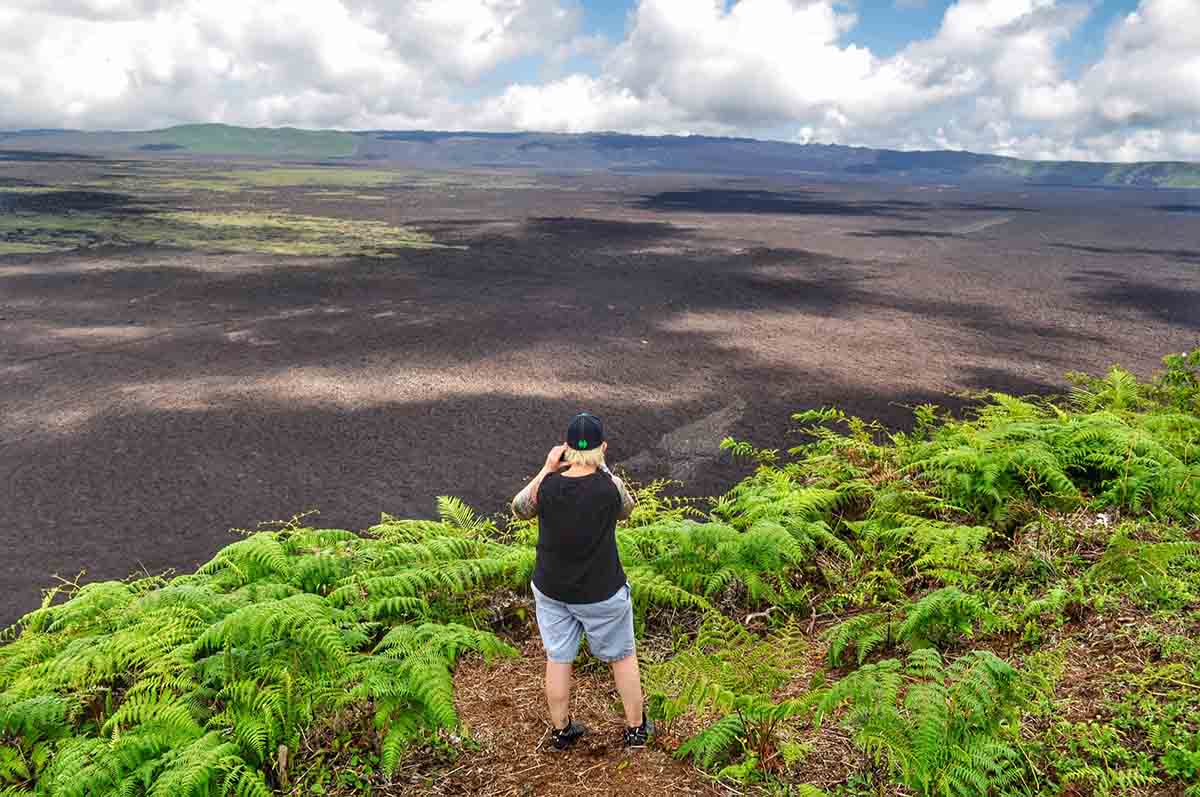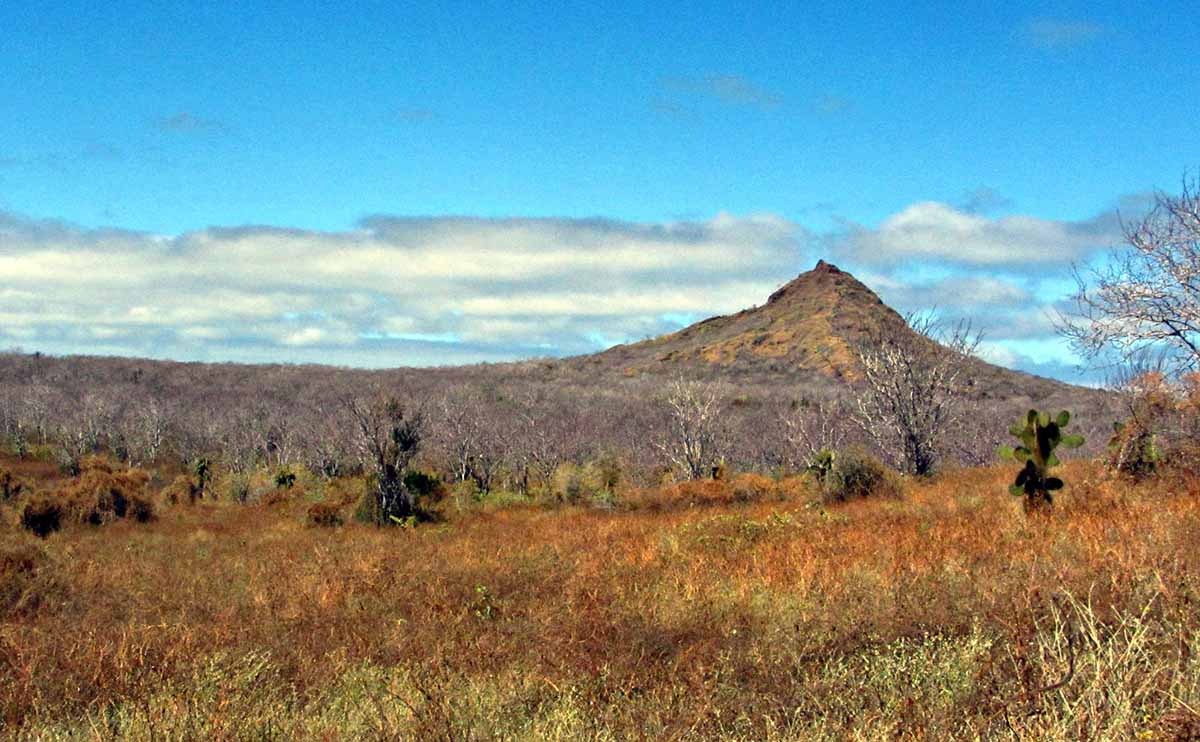During the Second World War, this island served as a significant location due to its strategic value. It currently functions as the primary airport for the Galapagos Islands, serving as the arrival and departure point for tourists and colonists. Upon arrival at Baltra Airport, a naturalist English speaking guide will be available to provide assistance. From there, guests will be transferred to the yacht and greeted with a warm welcome and a briefing.
Santa Cruz Island: Hacienda Primicias
On Santa Cruz Island, visitors will be taken to Hacienda Primicias after lunch to observe giant tortoises in their natural habitat. These tortoises are easy to spot as they slowly move around and feed on grass and leaves, occasionally wallowing in their surroundings. Additionally, it is possible to see some highland birds, such as cattle egrets, mockingbirds, finches, or flycatchers. After the hike, guests will return to the yacht for dinner and receive a briefing on the following day's itinerary.



